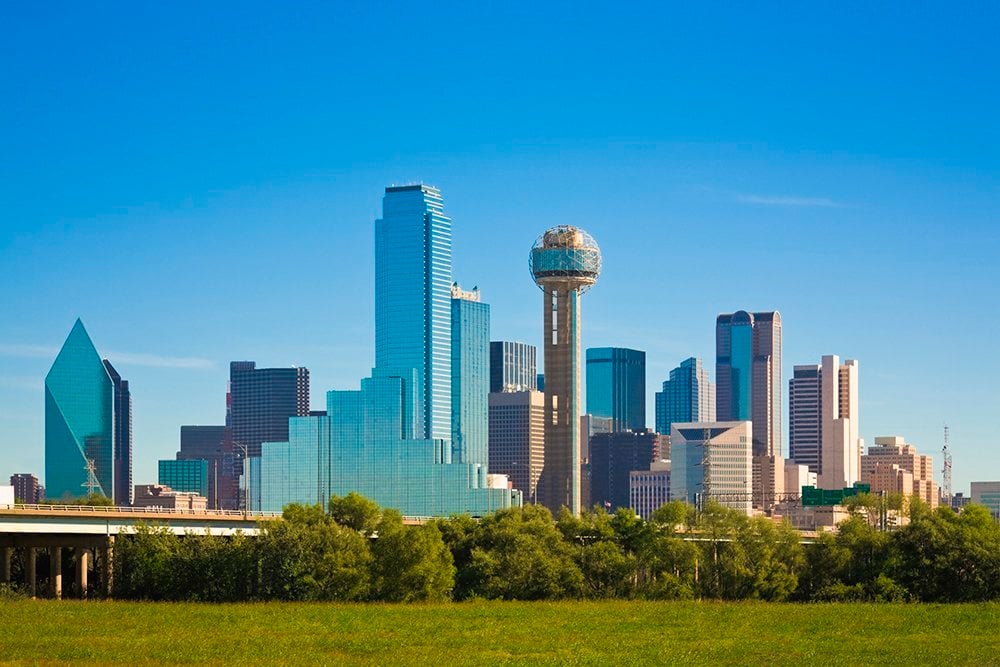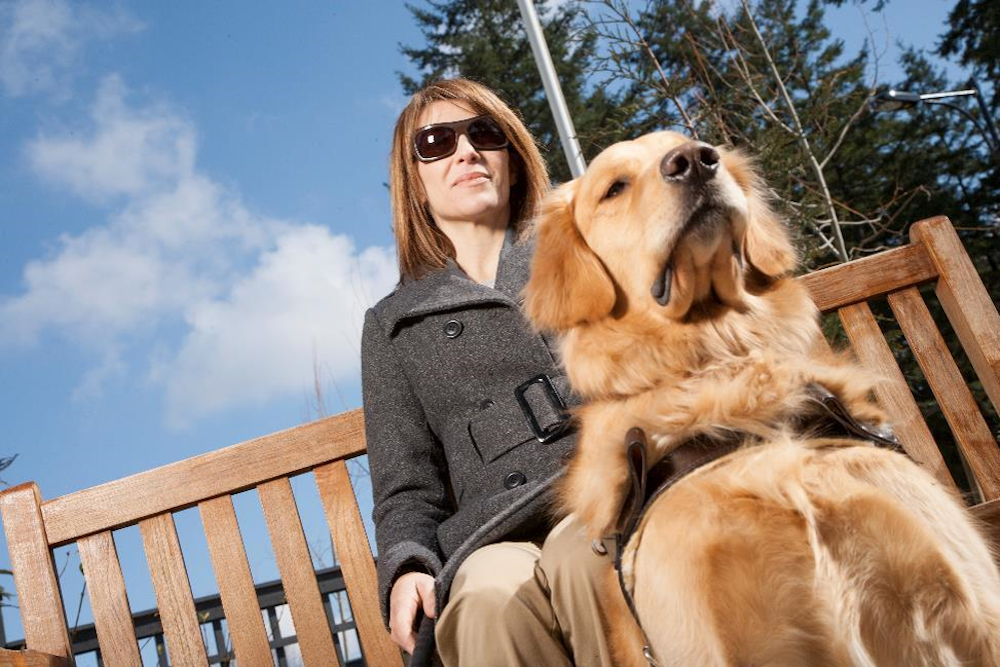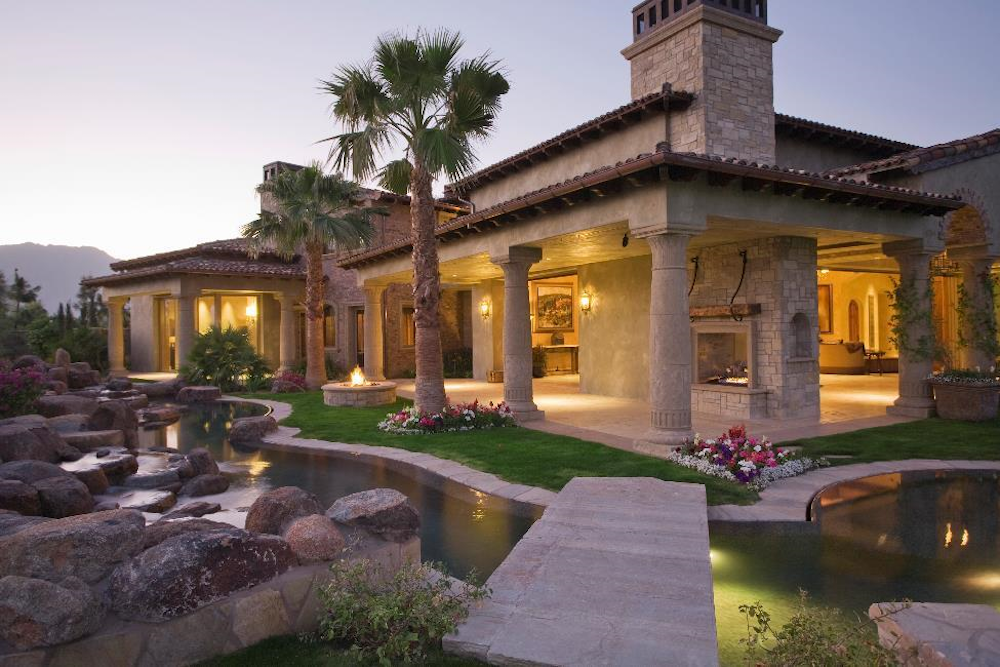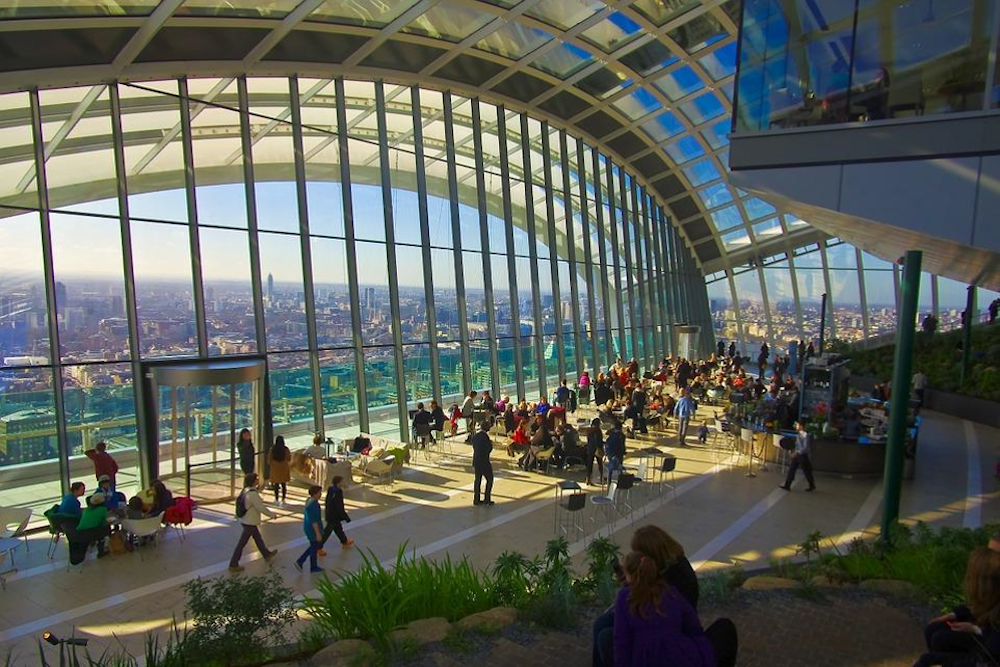We are halfway through 2019, and just like every other domain, the architecture landscape is also changing. Despite the changes, some trends will stay. Let’s have a look at some of the architecture landscape trends that will be there even beyond 2019.
#1: Climate Adaptation
Sustainable development and architecture trends have been prevalent since 2015. With the latest stress on climate change mitigation, climate adaptation is a key trend, which will survive for the next 25 years.
Landscape architectures must keep in mind sustainable architecture methods to fight climate change, both locally and globally. As an architecture, they also need to educate communities and citizens about the impact of sustainable and environmentally friendly landscape architecture materials.
No matter the economic or social condition, everyone can contribute to sustainable development and preservation of cultural landscape heritage.
 The Dallas city skyline, Texas
The Dallas city skyline, Texas
In the last decade, there have been several design challenges for integrating climate change into designs for cities and waterfronts. With more funding, more initiatives can be taken to help provide architecture solutions for climate adaptation.
Among several other changes, water-focused designs have been a popular choice. Due to massive population growth, locations with extreme weather conditions are being made habitable. This inconvenience requires architects to come up with designs that can deal with different climatic conditions.
For instance, an architect needs to plan for houses in dry climates and ways of collecting water. On the other hand, coastal areas can face torrential downpours, and builders should prepare a proper drainage system.
#2: Inclusive Design
Just like climate change, rapid population growth is something that affects sustainability and landscape architecture design inspiration. Climate change is precisely is why landscape architects need to focus on designing natural systems.
As population density is increasing in cities and towns, inclusive design is more accessible and in-demand. The global and local conditions are forcing architects to come up with landscape architecture designs that have environmental, social, and economic values.
 Designing/architecture for the disabled
Designing/architecture for the disabled
ADA-compliant designs are on the rise. Additionally, older structures are being re-designed and renovated to make it more environment-friendly and modern.
Presently, 1 billion people live in cities across the globe. The challenge for landscape architects is to complement and combine other modules of architecture to ensure a uniform standard of living.
#3: Aesthetic Value
No matter how advanced the landscape architecture trends get, an architect cannot forsake the importance of art and design. Focusing on ecology and the environment doesn’t mean that an architecture design can forego the aesthetic value. However, as with other changes in trend, the artistic nature of design is also changing.
 Private house created with rustic styling
Private house created with rustic styling
Today, the length of gardens or the presence of a swimming pool in the property does not measure the beauty of architecture design. Perfect lawns that are expensive to maintain in unsuitable climates can be considered a drawback if it doesn’t fit with standard climate patterns. Instead, the landscape architecture design inspiration should be drawn from the city’s natural environment.
The goal for sustainable landscape architecture is to fit in with the rest, highlight the natural environment, and beautify the property. It doesn’t mean that architects should make massive changes to the natural pattern to accommodate an artificial structure or feature. For example, if a property has a native garden, stone sculptures can add to its beauty. The perfect way to make it work is to find the correct balance between nature and its modifications.
#4: Nature Play
Rapid urbanization, just like quick population growth, has some negative impacts on the environment and the urban landscape. Solving the problems through landscape architecture is one of the emerging landscape architecture trends that are here to stay. For example, water from fountains in a city can be used to tend to gardens and the aesthetic value.
Another idea is to use hanging gardens as part of a building. Gardens of different forms can act as landscape architecture materials. Green walls or indoor gardens and rooftop gardens add to the beauty of the building and contribute to urban gardening and greening of roofscapes.
 A cafe & small gardens in one space
A cafe & small gardens in one space
As the city’s population expands, the need and desire for greenery increases. People who live in apartments and have a green thumb would love to try out new gardening ideas where indoor gardens and rooftop gardens can be useful.
Even shopping malls can try out, including nature and entertainment in the same way. Playgrounds and water parks in the shopping mall can provide a smooth and holistic experience for the entire family. While parents shop, they can now leave their kids in the playground without worrying about security. On the other hand, kids can enjoy the greenery around them, and enjoy the outing without leaving the mall complex.
#5: Sustainable Materials
Sustainability in the architecture landscape cannot exist if builders don’t use sustainable architecture materials. Natural and earthy materials have found its use in landscape architecture in recent years. Architects are using textured stone, exposed concrete, or even brick to make aesthetically popular designs.
Materials like Jonite’s reinforced stone gratings is one product that will remain to the trend for years to come. Elements that were previously limited only to 3D modeling software is now being used in the construction industry to beautify a building. Some of the most sought after landscape elements are now designed with CNC or 3D printed.
Water features of a property, customized furniture, walls, and staircases are designed with multiple axis machines, carved into intricate patterns and shapes before implementation. These features provide landscape architecture design inspiration for new projects. It also helps property owners, construction workers, and architects to visualize the design before application.
Final Thoughts
With modernization, all industries are reaping its benefits, and the architecture industry is no different. For example, in the residential sector, the use of technology is every day. Implementing this in architecture design and property planning is easy and effective.
For example, using wireless speakers and smart lighting in outdoor gardens make it a perfect space for house parties. Outdoor kitchens and fire pits are also trending. All of these techniques make it easy to promote sustainable living without decreasing comfort, beauty, and affordability, which is why these architecture landscape trends would stay beyond 2019.
Do you have ideas about emerging landscape architecture trends that would stay for the next decade? Let us know in the comments!










